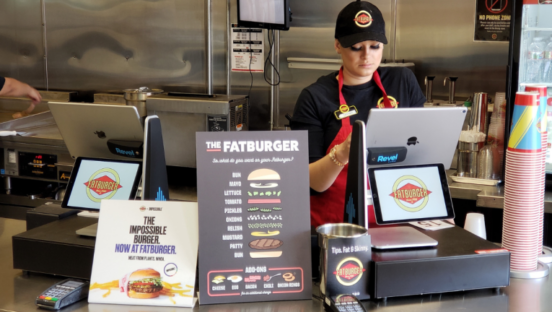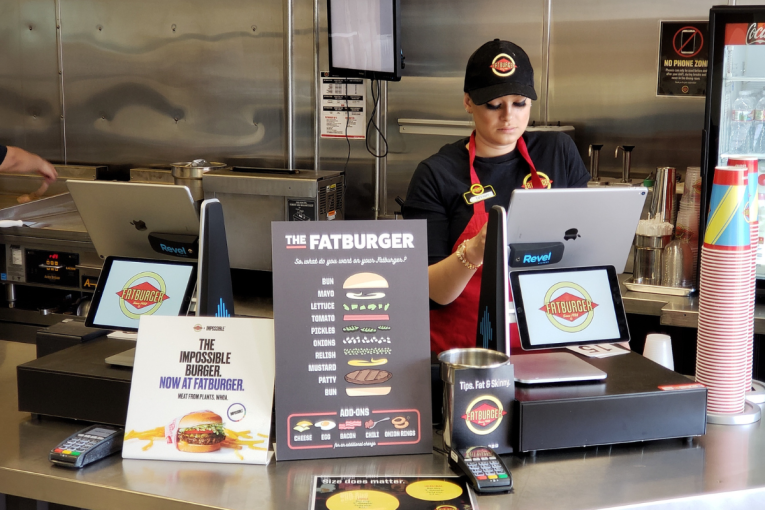In today’s data-dependent environment, it’s critical for restaurant operators to understand order flow and optimize all of their channels. The industry’s old strategies of gut checks and ad hoc reporting simply can’t deliver meaningful results.
“We’re releasing our second generation reporting, and we call it analytics more than reporting,” says Chris Lybeer, chief strategy officer at Revel Systems. “We’ve got to create a new consciousness by providing highly relevant information through analytics insights. Operators need advice, but first they have to have an awareness about how important these insights are and why they matter.”
This has become critical in today’s environment where the industry has been functioning on chaos control since the onset of the COVID-19 pandemic. Many operators were thrown overnight into multiple channel ordering and payment streams out of necessity. There is a learning curve in transitioning these dynamics away from panic mode and into profit mode, according to Lybeer.
“The pandemic just sped up what was going to happen anyway,” Lybeer says. “Costs were going to continue to rise for real estate, for labor. Operators now are running three or four businesses out of one rooftop. They’re running a takeout business; they’re running a drive-thru. That’s good. Now they just need to learn how to optimize that.”
This is why Lybeer and his team at Revel urge managers to conceptually shift those legacy reporting habits to concentrate on tracking these disparate revenue streams to understand how they are impacting profitability and the guest experience. “There’s this whole new world and we’ve put a lot of features into our reporting. So there’s one category I’m going to call ‘things we’ve known for a long time we should do, but we probably haven’t done as much as we should.’ Then there’s the other category, the ‘brand-new’ category,” Lybeer says. “If [restaurant operators are] going to make the transition into the new world, they have to effectively support these digital channels, which give them more revenue.“
High-volume quick-service restaurants account for a high percentage of the market, and only about 3 percent of corporations are counseling manager-level operators based on data. “That’s a big missed opportunity. If a ton of your business is DoorDash going out the door and you’re losing money, you may be hurting your business more than helping it. Tweaking one of your menu items, changing from onion rings to French fries, isn’t going to help. You have to understand the economics of each channel and have a plan for it,” says Lybeer.
Revel is currently working on configuring more artificial intelligence (AI) into its dashboard to intuitively drive these top-level, action-based recommendations and to transmit those notes directly to managers’ phones in real time.
“The amount of technology necessary to run a restaurant is increasing rapidly,” says Lybeer. “That isn’t going to stop. Revel is heavily focused on being a partner rather than a vendor. We will be here as the technology platform at the heart of your business, and as the people who will help you use your technology stack to create value.”
To learn more about what Revel Systems can do for quick-service brands, visit the company’s website.
By Jocelyn Winn














